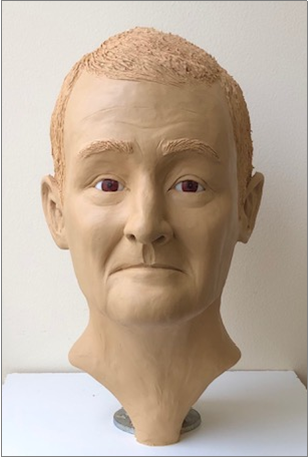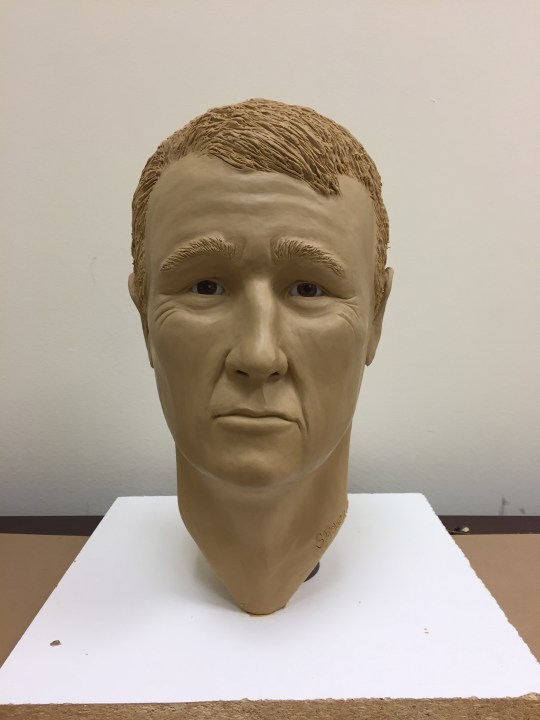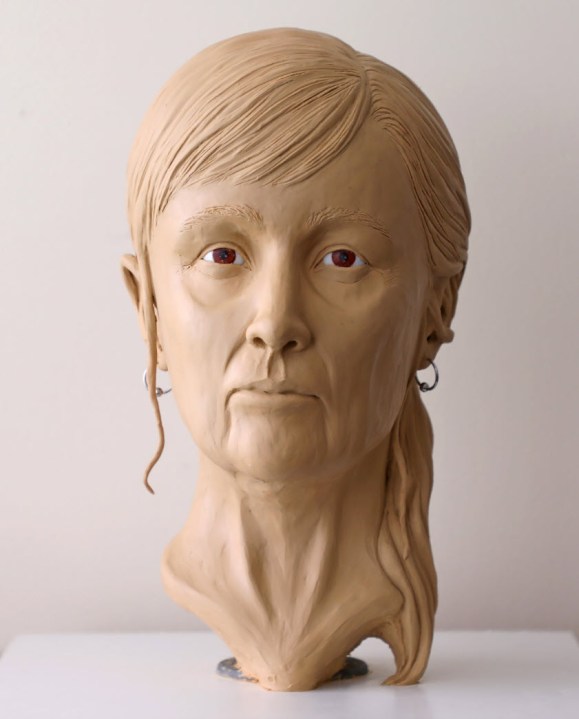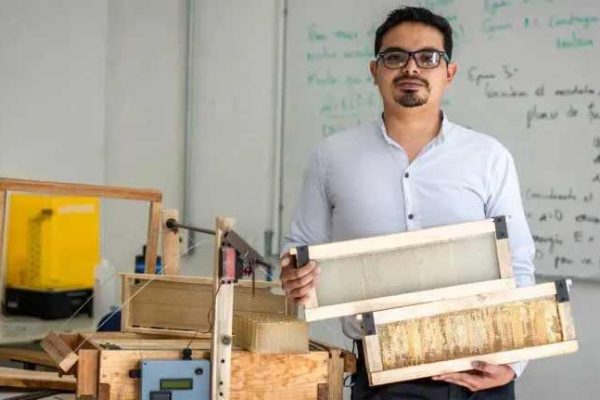In an unexpected collaboration, animators and investigators have joined forces to create new discoveries in some of Ohio’s unsolved cases. The Ohio Bureau of Criminal Investigation (BCI) is harnessing the power of technology to unveil the faces of unidentified human remains, thanks to the innovative work of Sam Molnar, a forensic artist at BCI.

Traditional methods of identifying individuals from skeletal remains have limitations, especially when only a skull is available. Molnar’s expertise lies in sculpting lifelike faces atop 3D printed replicas of recovered skulls. Formerly, this process took weeks, involving CT scans and meticulous 3D printing. However, the partnership between BCI and Ohio State University has expedited the procedure.

Utilizing photogrammetry rather than CT, graphics researcher Jeremy Patterson and animator Dean Hensley developed a software that constructs accurate 3D renderings from multiple iPhone photos taken at varying angles. This approach allows Molnar to capture specimens on her phone and swiftly send them for 3D rendering.
This method is not only enhancing accuracy but also speeding up the identification process. Less data-intensive files are created, resulting in quicker 3D printing. The impact of this collaboration has been profound, as Molnar’s reconstructed faces have helped solve cases that have remained mysteries for decades and have provided closure to families seeking answers.

Molnar has showcased reconstructions for three cases that remain open, asking for the public’s help to identify the faces. You can see the three images in this article, so get in touch with the Ohio Bureau of Criminal Investigation if any of the faces ring a bell!
Source: nbc4i.com
Come and let us know your thoughts on our Facebook, Twitter, and LinkedIn pages, and don’t forget to sign up for our weekly additive manufacturing newsletter to get all the latest stories delivered right to your inbox.
منبع: https://3dprinting.com/news/how-animation-and-3d-printing-are-transforming-forensics-in-ohio/
